Ranked: 25 foods you should NEVER buy cheap
Products worth their premium price
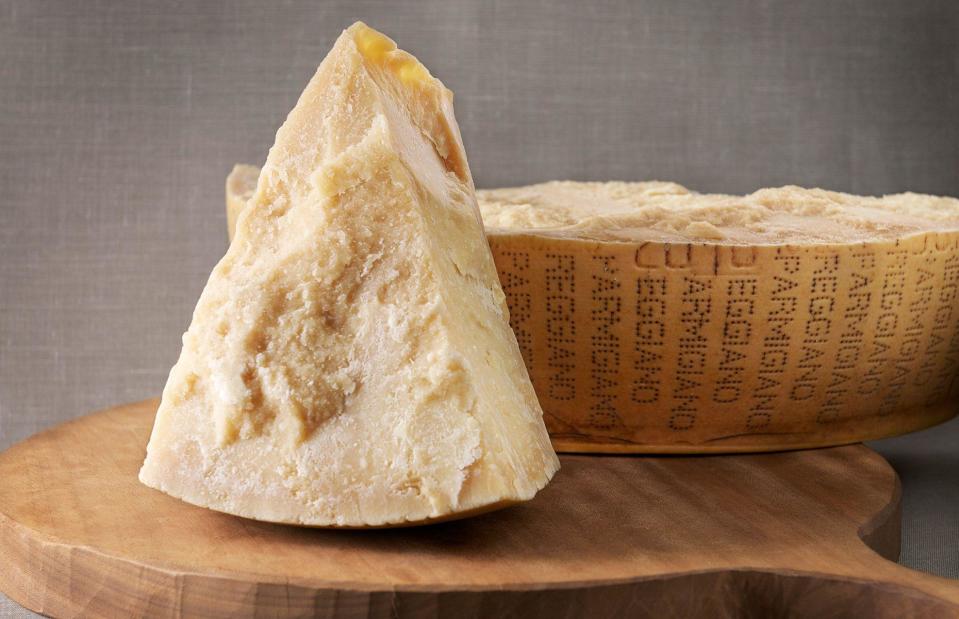
Paolo Bernardotti/Shutterstock
While we all love a foodie bargain and, for many of us, budgeting is more important than ever, there are still some pricey ingredients that are more than worth the extra expense. Whether the added cost is due to impeccable sourcing, incredible taste, ethical reasons or sustainability practices, buying cheap versions of these foods can be a costly mistake.
We’ve put together our top picks for hero products that really are worthy of their premium price tag.
25. Tea
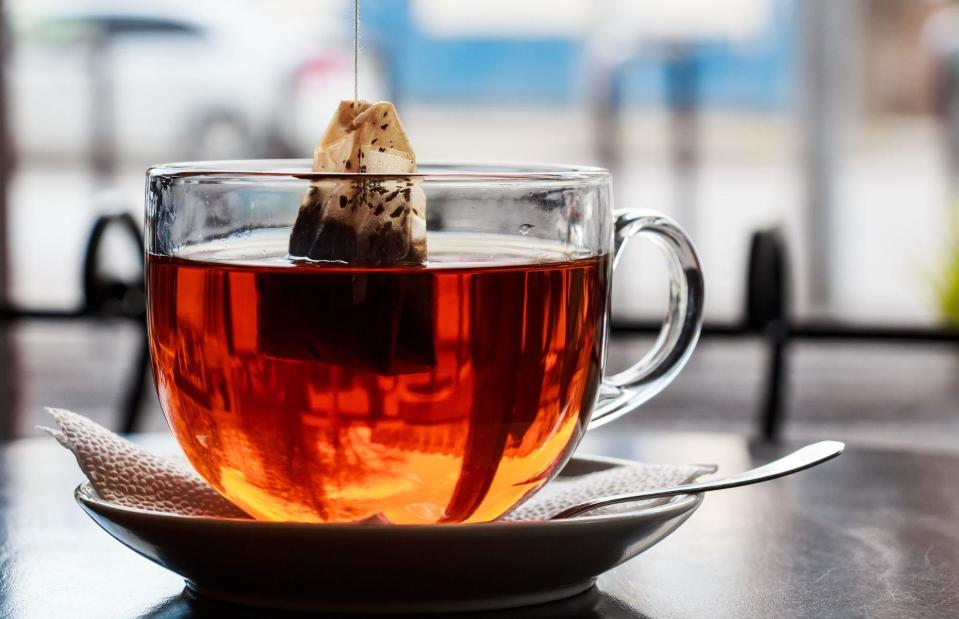
Greentelllect Studio/Shutterstock
The International Tea Committee estimates that more than five billion cups of tea are brewed each day – but why do the leaves and resulting brews differ in flavour so much? Well, while all black tea comes from the camellia sinensis plant, the way the leaves are processed and stored impacts taste and quality. What's more, there is evidence to suggest that cheap tea sometimes contains unhealthy levels of fluoride, which can have a negative impact on our teeth and bones. In short, if you want the best, gold label is the way to go.
24. Lemons
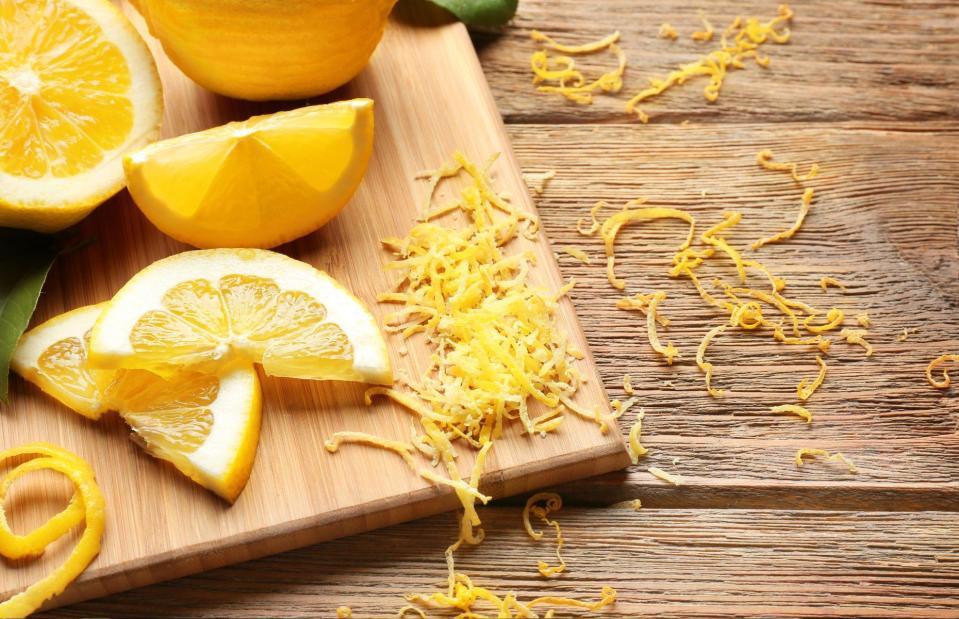
Africa Studio/Shutterstock
A lemon is a lemon, right? Well, not quite: the vast majority of lemons on sale in supermarkets have been given a thin coating of wax, to keep the zest looking its best during transit from the citrus groves to the shops. Pay a bit extra for unwaxed fruit though and the aromatic peel becomes an ingredient in itself – use it to make candied citrus strips, preserve in salt to produce a fragrant condiment or simply add the finely grated zest to sweet and savoury dishes.
23. Stock
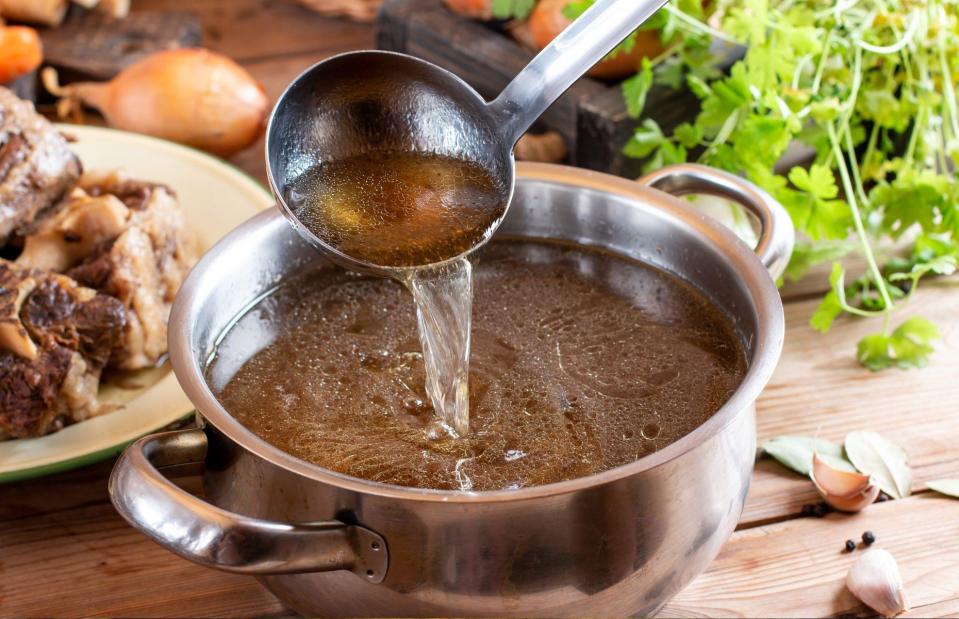
Julia Ahanova/Shutterstock
From risotto to ramen, a great stock base is the key to many a delicious dish, but the secret to success does lie in leaving said stock to simmer away slowly. If that’s not possible, shop-bought, ready-made options still allow us to make these meals easily. That said, ready-made stock is only a great shortcut if you pick a premium variety with all the depth and complexity of the real deal. So, forget about overly salty, thin-flavoured cubes and opt for more expensive but far superior fresh pouches.
22. Nut butter
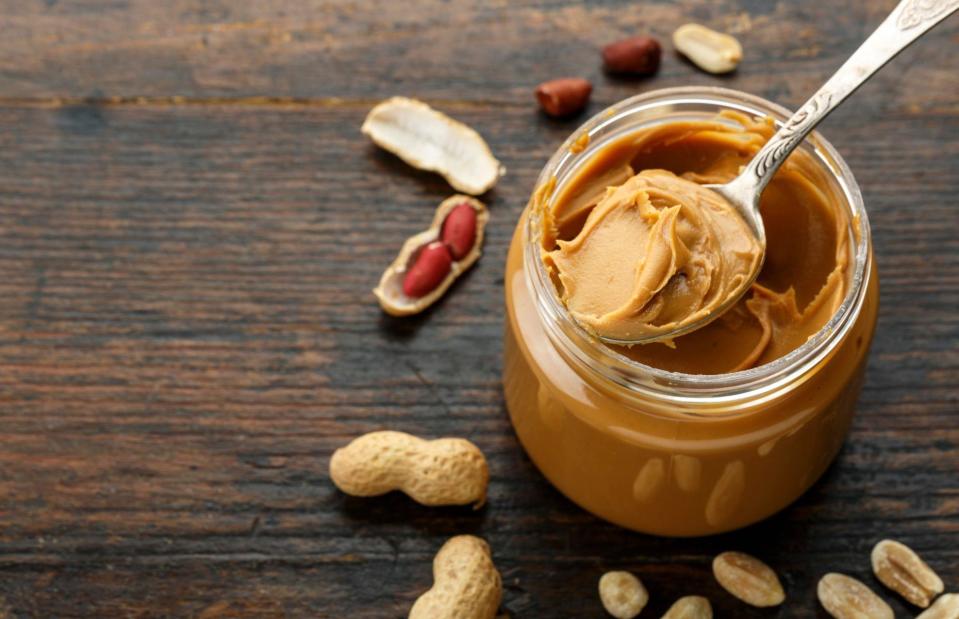
Shyripa Alexandr/Shutterstock
The appetite for nut butter is growing globally, as more of us look to these products as a way of introducing plant-based protein into our diet. Take heed, though; if you're paying peanuts for yours, you're likely to be getting a blend made from fewer nuts, with added palm oil, salt and sugar. Some cheaper blends also include extra preservatives and hydrogenated vegetable oils, which up the saturated fat content without delivering any of the natural goodness and nutrients of nuts. Treat yourself to a natural nut butter and you’ll be much better off from both a health and taste perspective.
21. Vinegar
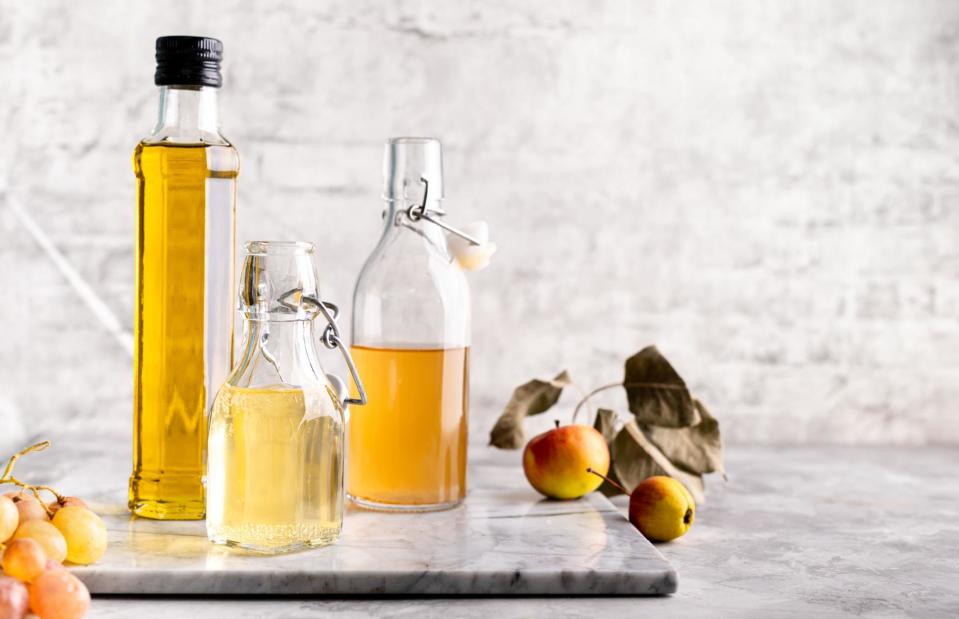
KarinaKlachuk/Shutterstock
Few would deny that, when it comes to sousing chips, malt vinegar takes some beating. But when we’re talking about using the condiment to add depth of flavour to a dish, bring a sauce together or add piquancy to a salad dressing, premium varieties come into their own. A bottle of good-quality white wine vinegar, for example, has multiple uses, will last for ages and will bring just the right acidity and fruitiness to a dish. Splurge on the good stuff and you can consider your money well spent.
20. XO sauce

Artit Wongpradu/Shutterstock
Don't even think about skimping on your XO spend: this transformational sauce will save you time and effort in the kitchen, seriously levelling up your home cooking game at the same time. Made from dehydrated scallops, dried shrimp and cured ham, authentic XO sauce doesn’t come cheap, but it delivers rich, complex, umami flavours in abundance. The good news is a bottle will last for ages as you only need to use it sparingly, so think of this as sauce a seriously tasty investment.
19. Maple syrup
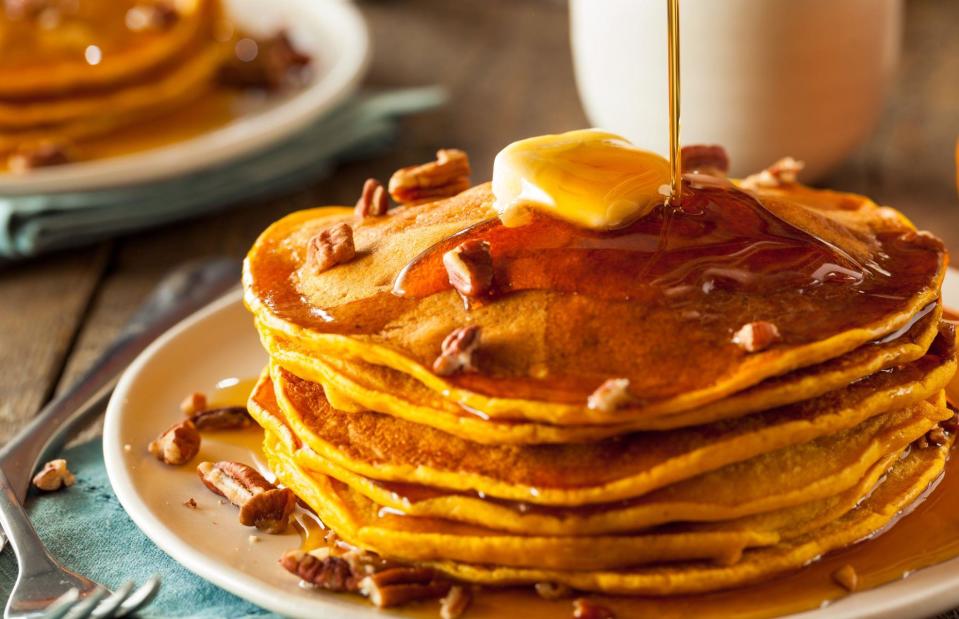
Brent Hofacker/Shutterstock
It's more than 20 years since the Canadian government came up with a 'maple flavour wheel' to express the nuanced tastes and smells of this delicious syrup. But if you want to experience those exquisite butterscotch, spiced or floral notes at their rich and sticky finest, you'll need to pay up for a bottle made from bona fide maple tree sap. Cheaper options cut with high fructose corn syrup or cane sugar just don't hit the spot.
18. Flour
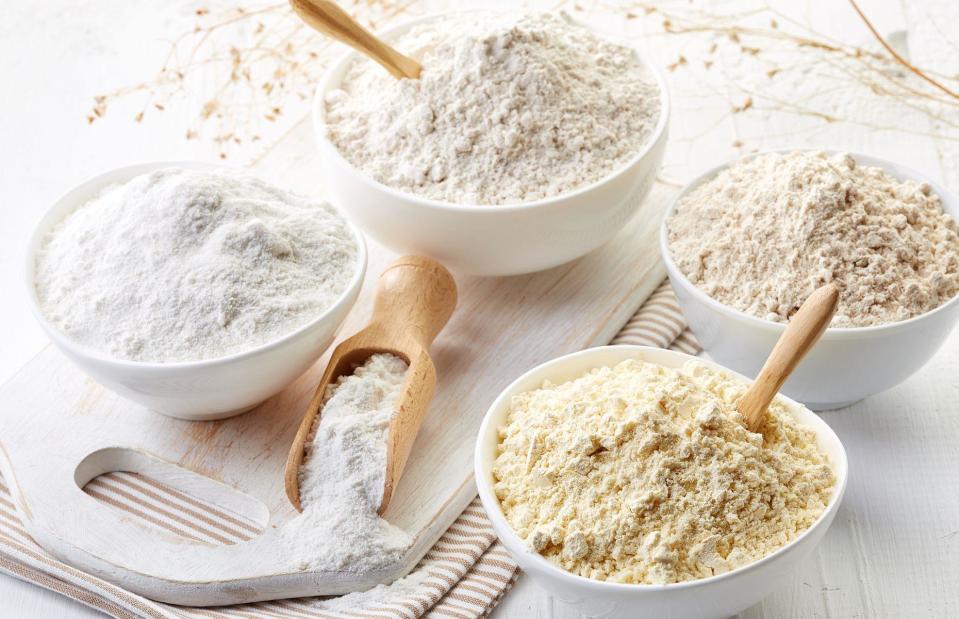
baibaz/Shutterstock
While a bag of flour might seem like a mundane way to spend your hard-earned cash, seasoned cooks know that the alchemy of baking rewards careful sourcing. In fact, worktop milling machines that grind grain into the freshest possible flour are changing the way professionals work. You don't have to go quite that far, but do remember that fresh, premium flour will be more nutritious than mass-produced varieties and extra-milled flour delivers a lighter sponge. If you want to improve your bakes, upgrade your flour options and you’ll see (and taste) the difference.
17. Strawberries
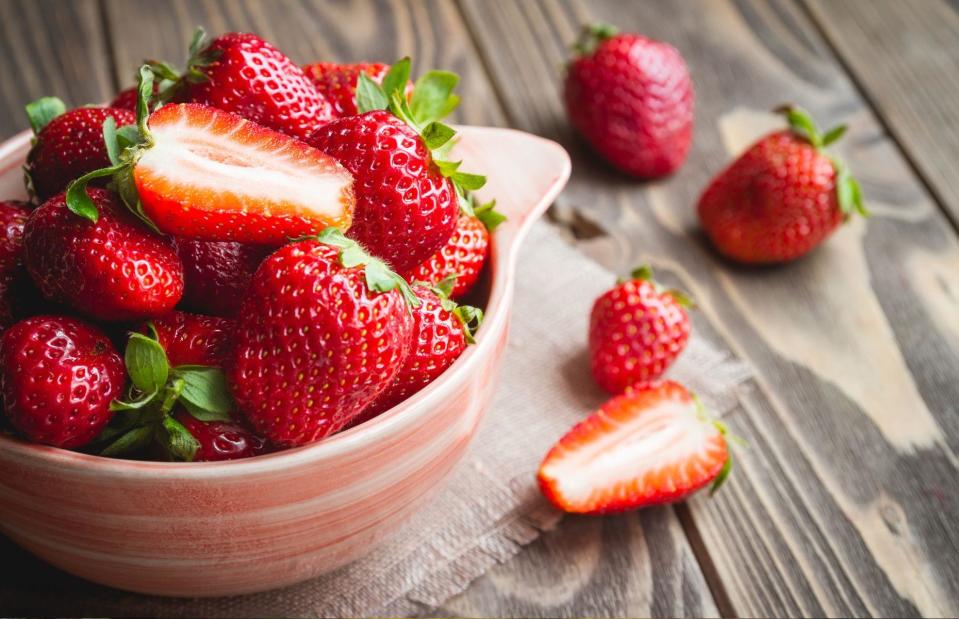
Katya Pulina/Shutterstock
The Environmental Working Group, a US-based non-profit organisation highlighting food standards in farming, puts this thin-skinned berry at the head of its 'dirty dozen' list of fruits and vegetables most contaminated with pesticides. Not all the insecticides used in the growing processes are present in every punnet but imported, out-of-season strawberries are thought to be the riskiest. Buying local or, more significantly, paying extra for organic will lower your risk of exposure to toxins.
16. Sourdough
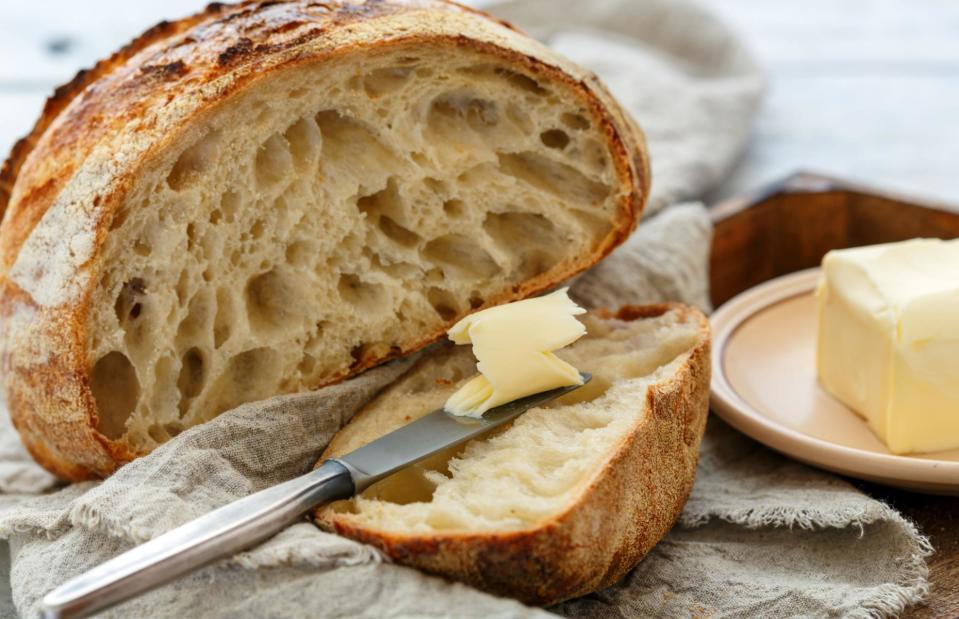
SMarina/Shutterstock
Artisanal sourdough can be eye-wateringly expensive, so it's no surprise that supermarkets clamour to offer us loaves at a lower price. Here's the rub: it takes time, skill and quality ingredients to make a really memorable sourdough. Cheaply produced, bulk-made 'sourfaux' will likely contain the same additives as other mass-produced loaves – widely considered ultra-processed foods – so can be harder to digest and more likely to cause spikes in blood sugar levels. They also won't have the magic taste profile or crumb structure of a loaf fermented the slow way.
15. Tomatoes
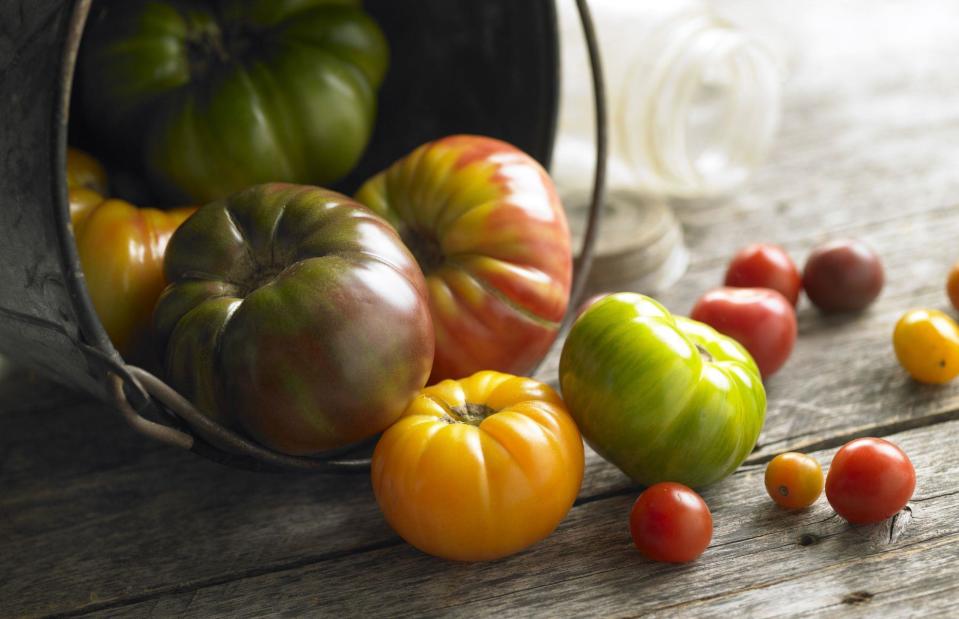
Jeffrey Schmeig/Shutterstock
Both the price and flavour of tomatoes can vary wildly, with seasonality, sourcing and seed variety all playing a part. With that in mind, it’s worth basing your buying decision on intended use: cheaper, potentially less flavourful fresh or tinned tomatoes will still taste fine in a classic beef ragu or curry, but if you’re planning for the fruit to be the star of the show – in a salad, for example – it’s well worth seeking out special varieties. Thanks to their production process, prized heirloom tomatoes have far greater depth of flavour than their less expensive, high-yield counterparts.
14. Coffee

I love coffee/Shutterstock
Coffee is a non-negotiable part of many people’s daily routines, but we’re now tending to get less bean for our buck, as climate change and energy prices make sourcing, roasting and grinding an expensive business. Turning to cheaper beans could be a fast route to disappointment though. While hardier, easy-to-grow beans such as Robusta might be less expensive than the likes of Arabica, they also have a different flavour profile, with many finding them bitter. If a cup of joe is a daily highlight, it does make sense to pay a premium for what’s likely to be a far better beverage.
13. Olive oil
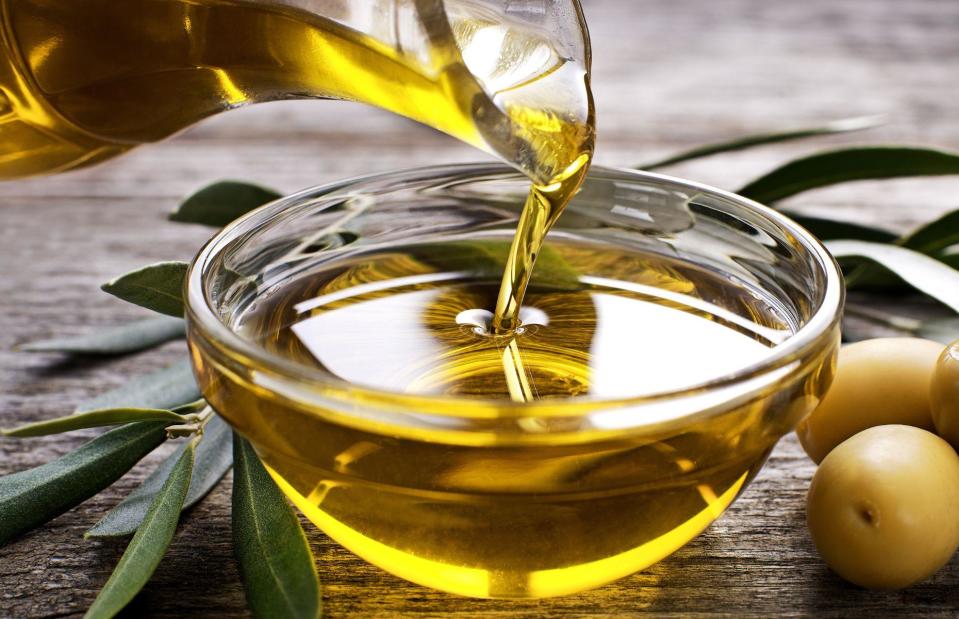
Dusanidar/Shutterstock
Extra virgin, single estate, cold-pressed...the world of posh olive oil can be a tricky one to navigate! Our advice would be to select a reasonably priced all-purpose oil for cooking and then splash the cash on a premium olive oil. From finishing salads to drizzling over pasta and pizza, a really great cold-pressed olive oil will add grassy, peppery notes – and an extra taste dimension – to many a meal and really is worth the investment.
12. Chocolate

beats1/Shutterstock
As climate change impacts harvests in key growing regions like the Ivory Coast and Ghana, companies sourcing cacao have a serious supply problem. As a result, we're seeing 'shrinkflation' – classic bars in smaller formats – as confectioners try to stick to beloved recipes without hiking prices. Bargain hunters can make savings by switching to cheaper brands but be warned: this often means the chocolate possesses a lower percentage of cocoa solids and thus less of the satisfying taste and mood-boosting benefits that research proves proper dark chocolate delivers.
11. Butter
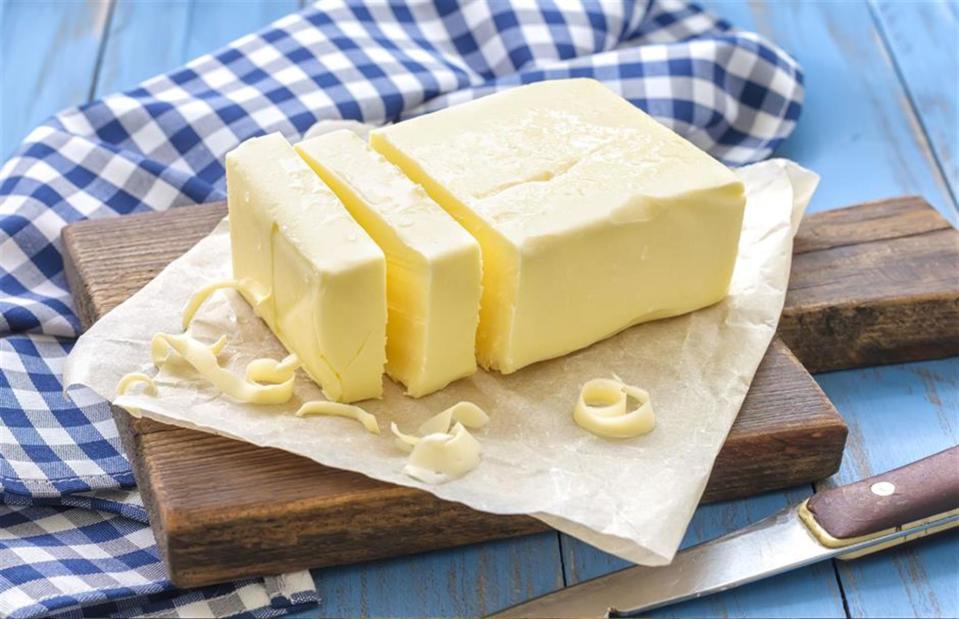
Sea Wave/Shutterstock
The price index of dairy has been on something of a rollercoaster over the last decade or so, but if the trend upwards has you reaching for the margarine, do so with caution. The appeal of many butter-forward recipes – think shortbread, scones, pastries, rich sauces and lightly fried fish fillets – is founded upon the unique flavour and mouthfeel that only real butter delivers. Swap it for processed, cheaper alternatives and you'll have to supplement with other flavourings (or use more) to fill that gap and lose out on health benefits, too.
10. Smoked salmon
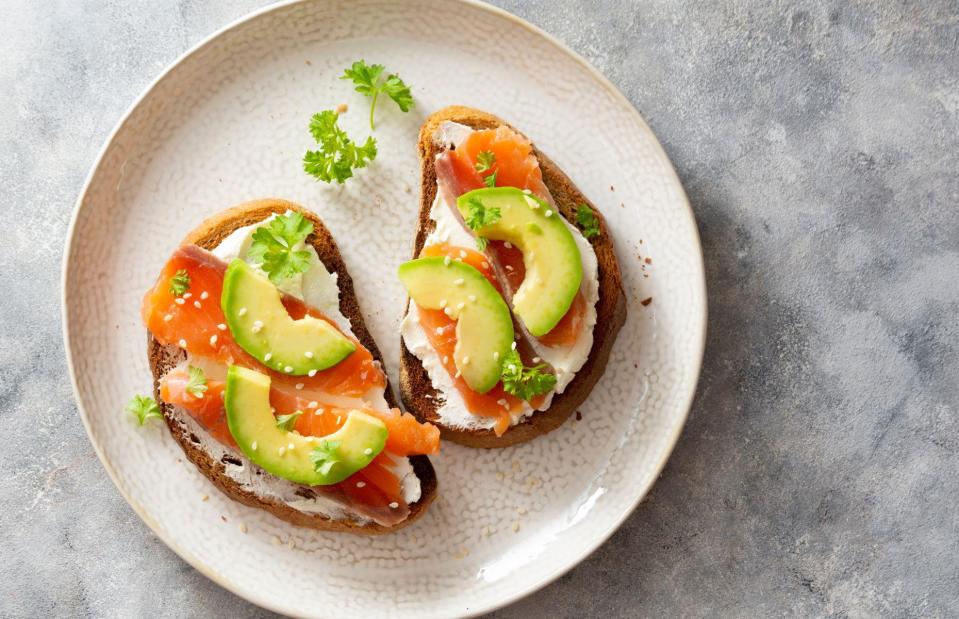
Erhan Inga/Shutterstock
A few ribbons of really great smoked salmon, with its firm flesh, lovely aroma and complex taste, can transform a simple meal, whether that be scrambled eggs, cream cheese-topped bagels or a pile of pasta. Buy cheap smoked salmon though and you’ll need to use twice the amount to deliver a similar impact. Because the product has been reared, cured and smoked without the same care and attention, the fish is likely to have an oily, wet mouthfeel too.
9. Vanilla
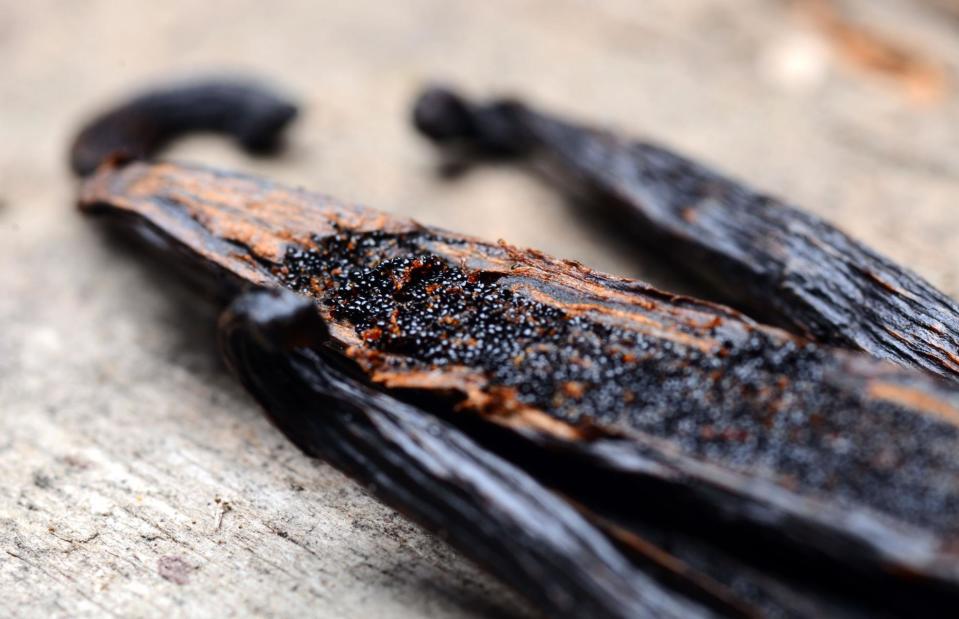
Suto Norbert Zsolt/Shutterstock
Once you realise 80% of true vanilla comes from Madagascar and that it's harvested and cured by hand in order to produce the fragrant, prized black pods, you'll understand why the ingredient is so costly. Cheap extracts, sugar syrups and pastes not only taste inferior but often contain a surprisingly small amount of actual vanilla – the majority of vanilla essence is entirely synthetic and made from oils and woods, rather than real pods.
8. Honey
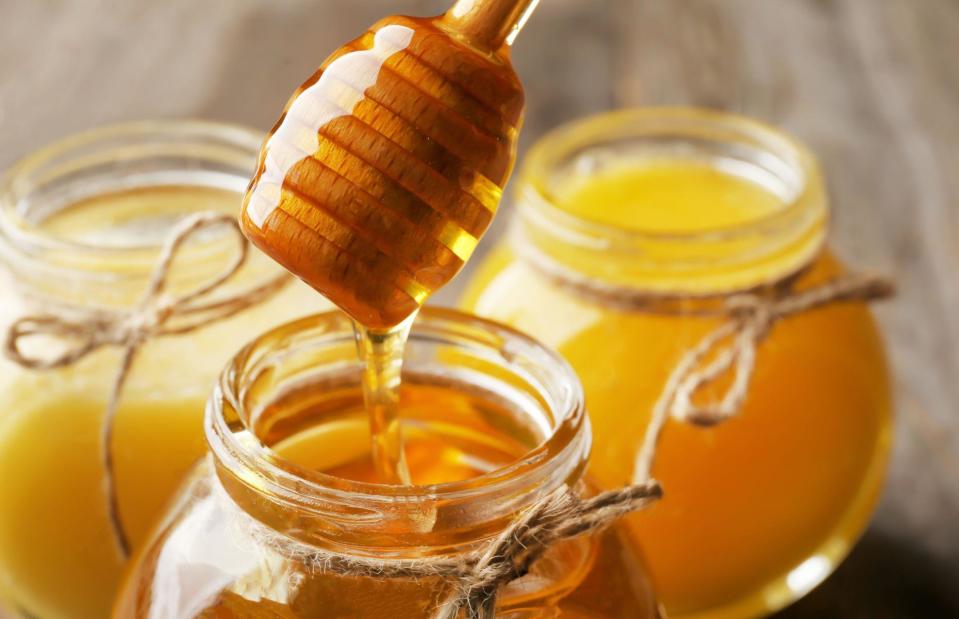
Africa Studio/Shutterstock
If part of the pleasure you take in eating honey is knowing that the natural pollens, helpful live microbes and micronutrients it contains can help protect against everything from hay fever to the common cold, here's some bad news. The cheapest options have been heat extracted, meaning the honey has been warmed to nutrient-damaging temperatures to coax every drop from the comb. Pay more for honey that’s labelled as cold extracted, cold pressed or raw and you’ll reap the rewards.
7. Saffron
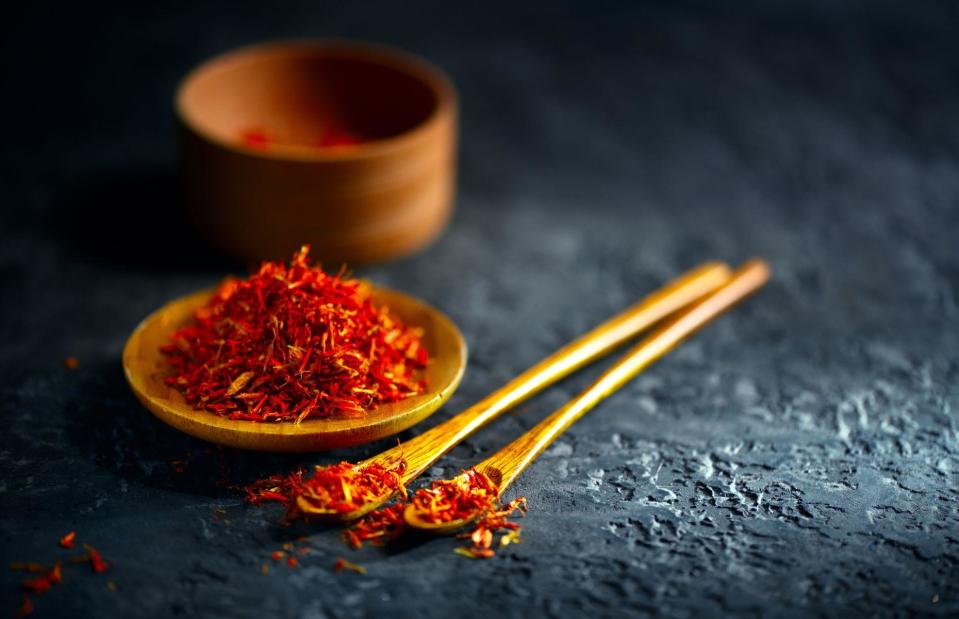
Sabbotina Anna/Shutterstock
If the world's most expensive spice rocks your culinary world, you'd be forgiven for seeking out cheaper options. But a better price doesn't mean better value, especially if that means buying the aromatic crocus stigma in powdered form. Natural saffron strands are frequently faked and cut with other ingredients, which obviously takes away from the taste and quality of the ingredient. In this instance, price really does act as a good indication that you’re buying the real deal.
6. Parmesan
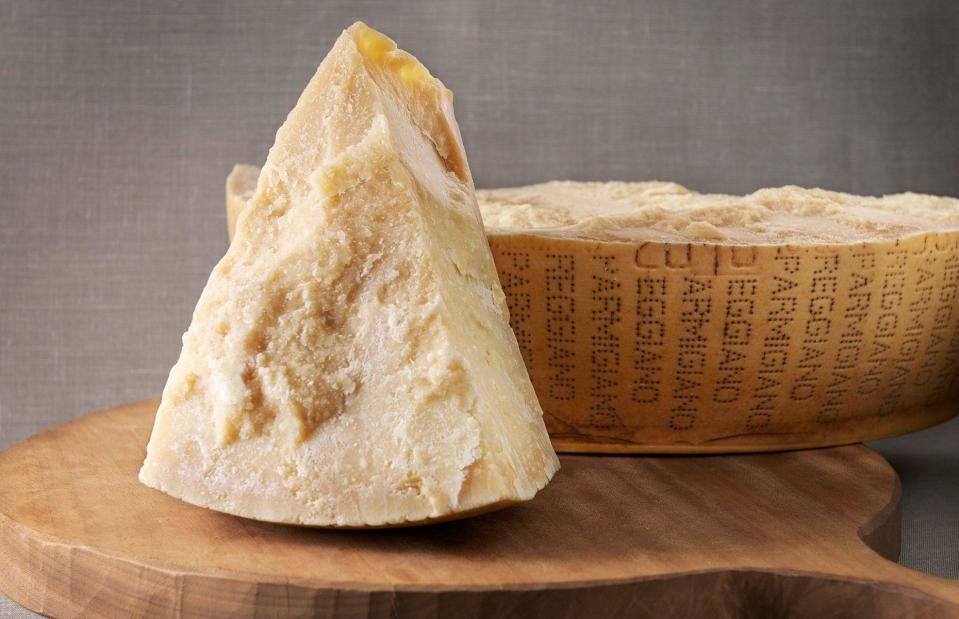
Paolo Bernardotti/Shutterstock
A hunk of proper Parmesan can be pretty pricey, especially if you're buying from a swanky deli. But unless you're completely immune to the complex, salty-sweet flavours, uniquely flaky texture and inspiring backstory, it really is worth forking out for. For the very best, seek out Parmigiano Reggiano. This protected name means you're buying a cheese made to traditional methods from key Italian provinces and aged for at least 12 months.
5. Fish
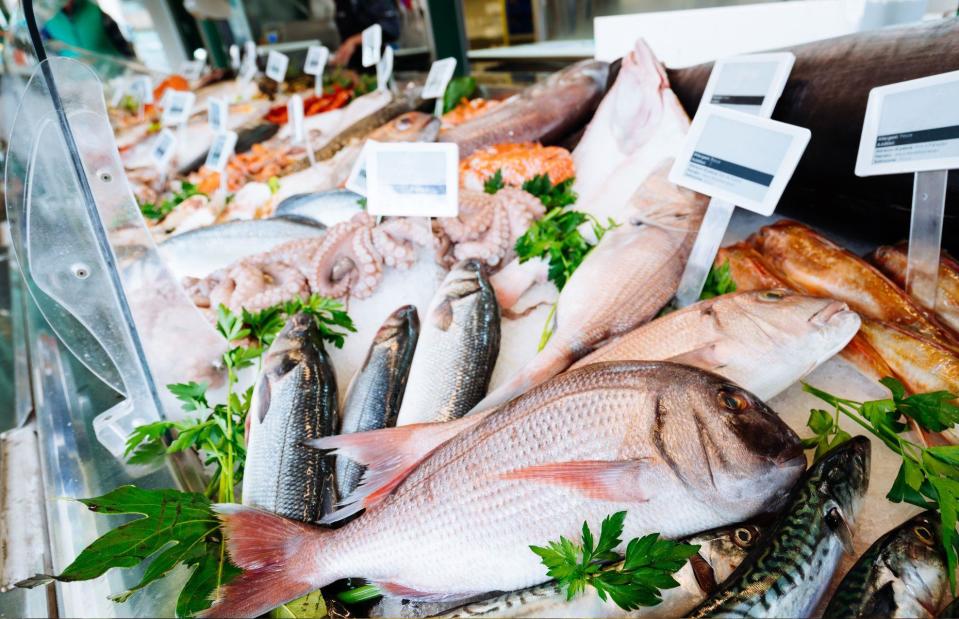
Urbanscape/Shutterstock
Many of the most lucrative commercial fishing methods leave a nasty taste in the mouth, whether that's beam trawling damaging fragile ecosystems or overfishing leaving stocks in decline. But careful management is doing much to counter these issues and seeking out fish that’s clearly labelled as sustainably sourced will mean you can enjoy your meal with a clear conscience. Get more for your money by buying whole fish rather than fillets: doing the filleting yourself cuts out labour costs and will give you heads, bones and trimmings to make stock.
4. Eggs
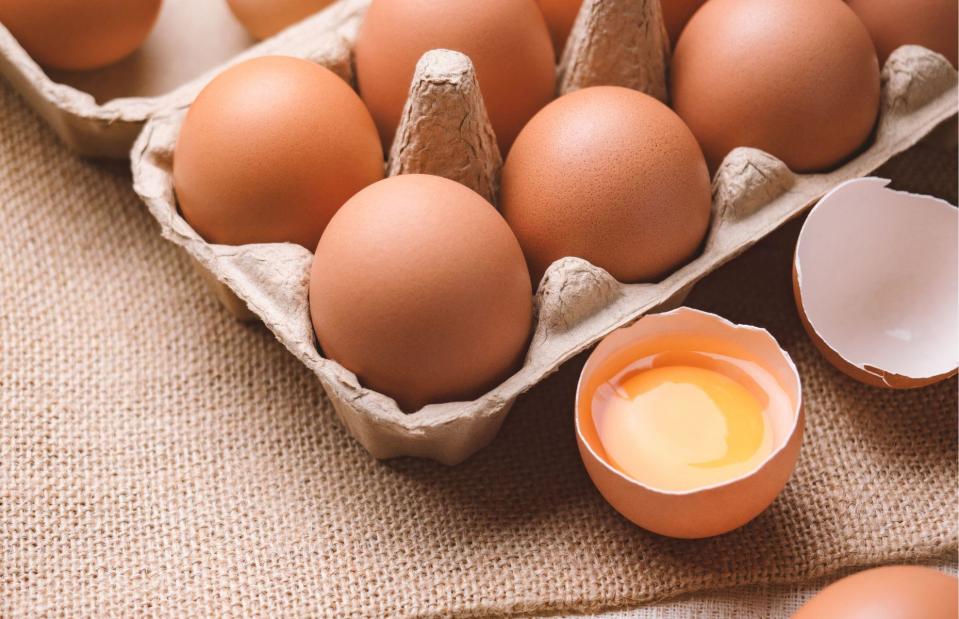
Poravute Siriphiroon/Shutterstock
As the different price points suggest, there's a huge variation in the methods used to produce the eggs you pick up at the supermarket. The biggest issue is welfare: pay for organic or free-range eggs and you can rest easy knowing you’re not supporting practices like beak trimming and overcrowding. Splurging on enriched eggs can more than double the amount of Omega-3 fatty acids provided, too.
3. Beef

Joshua Resnick/Shutterstock
If you’re in the mood for cooking a beef dinner and end up torn between plumping for a pricey yet prime piece of meat or picking the economy option, do yourself and the animal in question a favour and splash some cash. Not only will you be rewarded in terms of the taste and texture, purchasing premium beef that’s labelled as organic, pasture-fed and ideally approved by third-party animal and welfare groups is far more ethically sound, too.
2. Cocoa
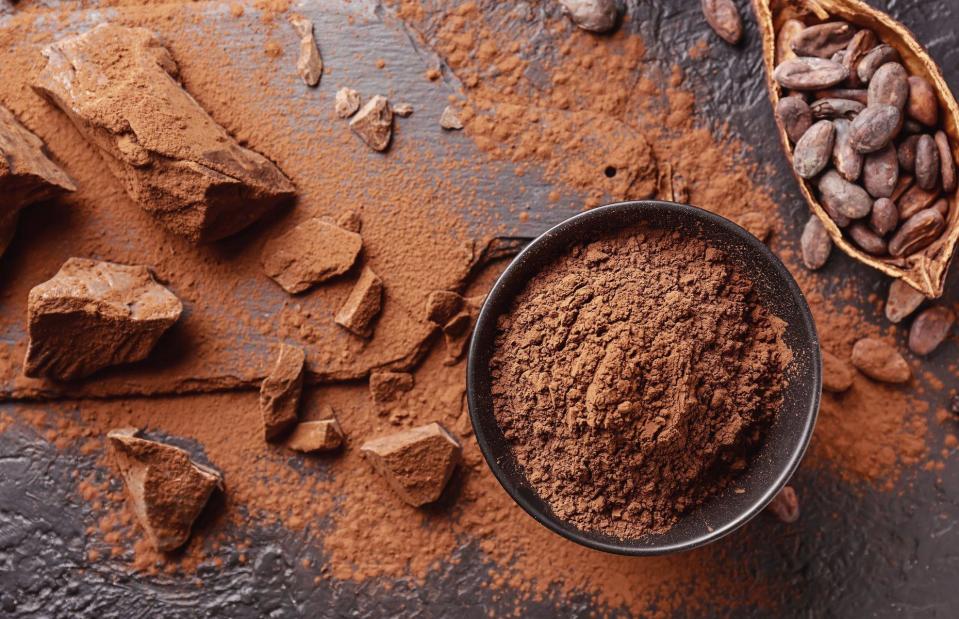
Pixel-Shot/Shutterstock
Cocoa fans noticing that the cost of this game-changing ingredient has shot up might be tempted to trade down. However, with the majority of the world's cocoa crop coming from impoverished regions of West Africa and South America, the price we pay at the checkout has a significant real-world impact. Research conducted in 2023 suggested a fair price for cocoa would be three times the rate most farmers get, and that child labour is common to make figures stack up. Paying extra for certified Fairtrade cocoa – and the chocolate it's made into – is therefore something of a no-brainer.
1. Chicken
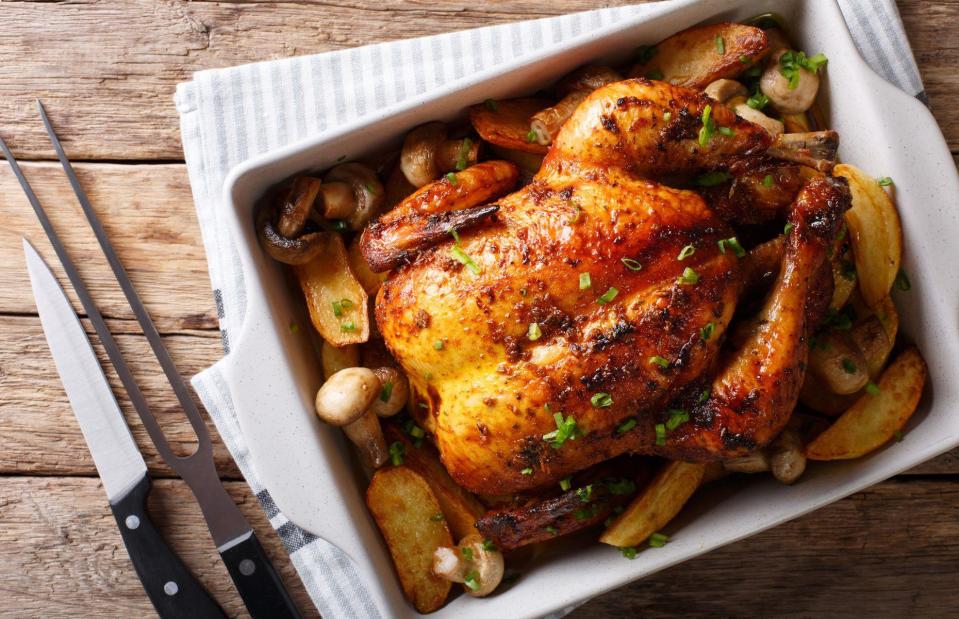
AS Food Studios/Shutterstock
When it comes to chicken, you really do get what you pay for. Organic farms that promote natural foraging behaviours ultimately produce more flavoursome birds with firmer flesh. In contrast, the cramped conditions endured by intensively reared chickens not only throw up serious moral issues, but result in slacker, far less tasty flesh. High-density barns are also a hotbed of infection, meaning that in some countries chickens reared under these conditions are routinely given pre-emptive antibiotics – a practice that promotes medicine-resistant bacteria.
Now discover the Italian-inspired recipes and tips that will save you time and money


